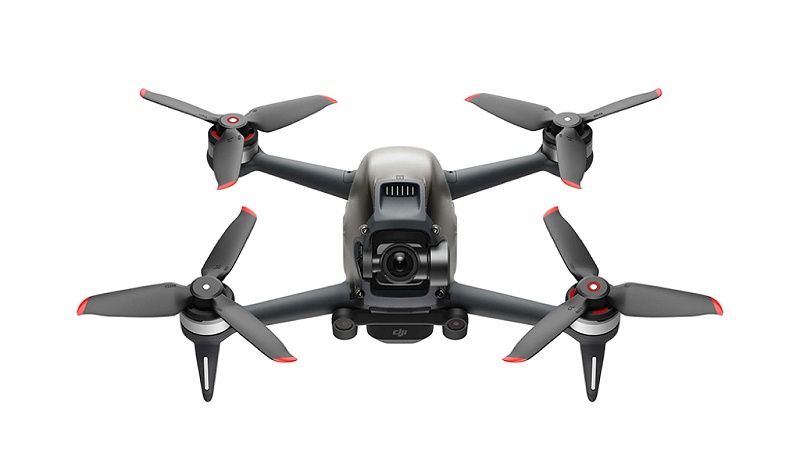In recent years, large drones have significantly influenced various sectors, revolutionizing traditional practices and introducing innovative solutions. From agriculture to logistics, these unmanned aerial vehicles (UAVs) offer advantages that are transforming industries. The increasing use and diversification of large drones are a testament to their versatility and potential.
Agricultural Innovations
One of the most promising applications of large drones is in agriculture. With the ability to cover vast areas swiftly, drones equipped with advanced sensors can monitor crop health, optimize irrigation, and even apply fertilizers or pesticides more precisely. This technology not only increases efficiency but also significantly reduces costs for farmers. Large drones help improve yield predictions and ensure timely interventions against pests.
Moreover, drones can collect data on soil conditions and implement precision farming techniques that enhance productivity. By minimizing waste and maximizing output, large drones contribute to sustainable agricultural practices, essential in contemporary farming endeavors.
Enhancing Logistics and Delivery
Another growing industry utilizing large drones is logistics and delivery. Companies are increasingly exploring the possibility of using drones for shipping goods across short and long distances, drastically reducing delivery times and operational costs. Drones can navigate hard-to-reach areas, paving the way for infrastructure development in remote regions. With advancements in drone technology, safety and load capacity are progressively improving, making large drones a feasible option for carrying heavier parcels.
As regulatory frameworks evolve, the potential for large drones in logistics is expanding, promising a future where UAVs are integral to global supply chains. This transition not only highlights the versatility of drones but also sets the stage for their inclusion in broader logistical strategies.
Environmental and Conservation Efforts

Large drones also play a crucial role in environmental monitoring and conservation efforts. Equipped with high-resolution cameras and thermal sensors, drones can map terrains and monitor wildlife without disturbing their natural habitats. They are vital in assessing the impact of climate change and in conducting surveys in areas that are otherwise inaccessible to traditional methods.
Environmental organizations and researchers are increasingly relying on drones to track movements of endangered species, examine deforestation rates, and assess natural disaster impacts. This technology provides valuable insights and reliable data that are critical for informed decision-making.
Search and Rescue Missions
The capabilities of large drones extend to search and rescue operations, providing quick and efficient support in time-sensitive situations. Their ability to access difficult terrains and provide aerial views is invaluable in locating missing persons and assessing areas during natural disasters. Equipped with thermal imaging technology, drones can identify heat signatures, making it easier to find people in distressed conditions.
This application not only enhances the effectiveness of rescue missions but also ensures personnel safety by minimizing the need for risky ground operations. The use of drones in emergency scenarios underscores the importance of integrating modern technology with human expertise to optimize rescue efforts.

Frequently Asked Questions
- What are the key advantages of large drones?
- Large drones offer enhanced coverage, precision, and cost-efficiency across various sectors, including agriculture, logistics, and environmental conservation.
- How do large drones contribute to environmental conservation?
- Equipped with cutting-edge sensors, large drones assist in monitoring ecosystems, tracking wildlife, and assessing environmental changes, aiding conservation efforts significantly.
- Are large drones safe for delivery services?
- While safety is a key concern, advancements in technology and regulatory frameworks are continuously improving, ensuring the safe deployment of large drones in delivery services.